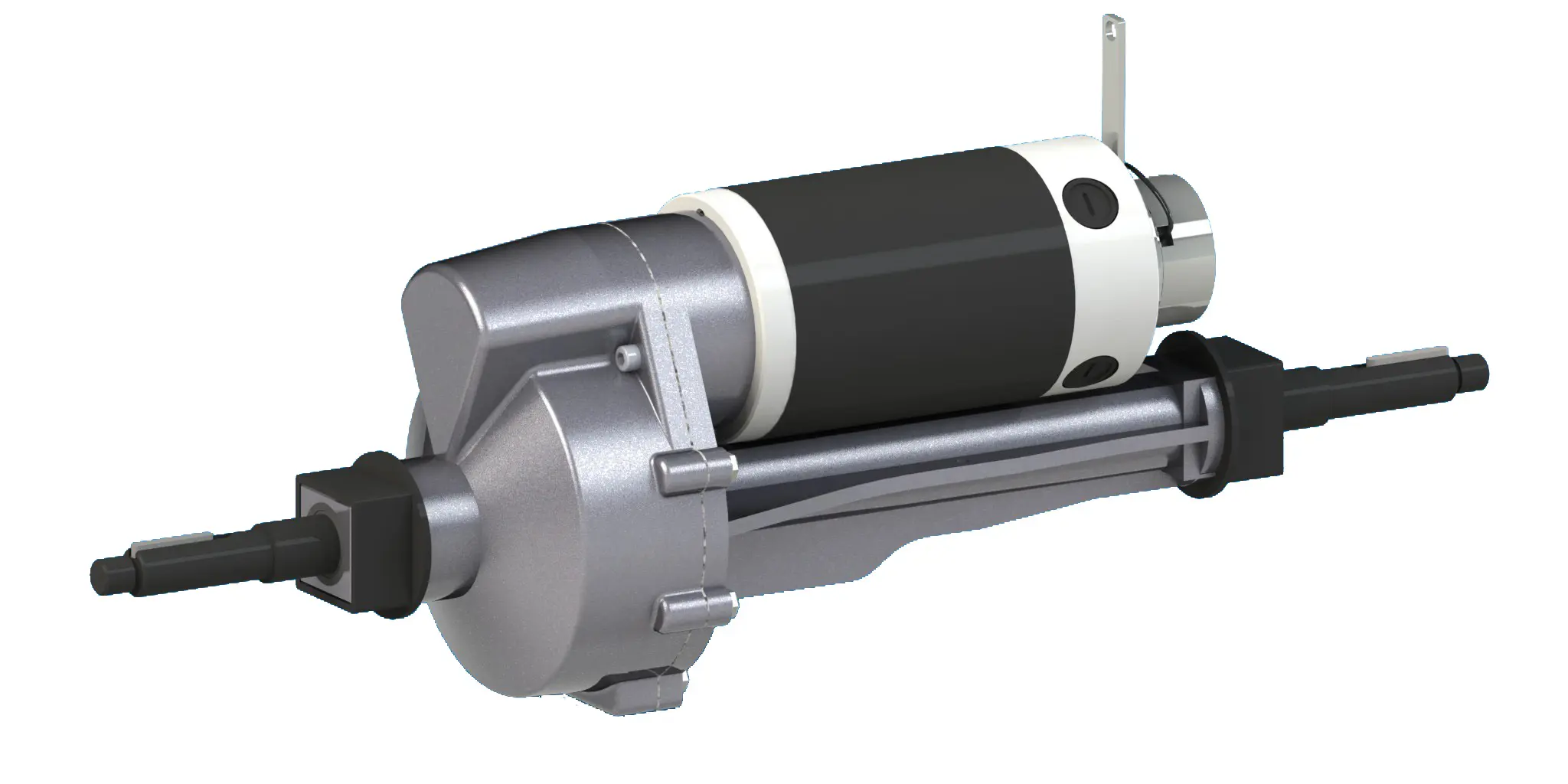When selecting a drive axle for a cleaning vehicle, the following specific performance parameters should be considered:
1. Load Capacity
Rated Axle Load: The rated axle load of the drive axle is the load-bearing capacity specified by the manufacturer based on structural characteristics, material strength, and process factors. For cleaning vehicles, the drive axle should have a sufficient rated axle load to support the weight of the vehicle and its load, ensuring stable operation during cleaning tasks.
2. Torque Capacity
Maximum Input Torque: The maximum input torque of the drive axle refers to the torque transmitted to the input end of the main reducer under the maximum net output torque of the engine, the lowest gear of the transmission, and the low gear reduction ratio of the transfer case. A higher maximum input torque indicates that the drive axle can handle greater power transmission, which is important for cleaning vehicles that may need to operate at high power levels.
3. Strength and Stiffness
Vertical Bending Stiffness and Static Strength: These parameters measure the deformation and load-bearing capacity of the axle housing in the vertical direction. A higher vertical bending stiffness and static strength mean that the axle housing is less likely to deform under load, ensuring the stability and reliability of the drive axle during operation.
4. Fatigue Life
Fatigue Life: The fatigue life of the drive axle refers to the number of stress cycles that the components experience before fatigue failure. A longer fatigue life indicates that the drive axle can withstand repeated stress without failure, which is crucial for cleaning vehicles that operate for long hours and in harsh conditions.
5. Lubrication System
Lubrication Intervals: The lubrication intervals of the drive axle determine how often the axle needs to be lubricated. Longer lubrication intervals reduce maintenance costs and downtime. For cleaning vehicles, which often operate in demanding environments, a reliable lubrication system is essential to ensure the drive axle operates smoothly and efficiently.
6. Environmental Performance
Environmental Adaptability: The drive axle should be able to operate effectively in various environmental conditions, including high and low temperatures, humidity, and dust. This is particularly important for cleaning vehicles that may operate in different weather conditions and environments.
7. Maintenance and Service
Ease of Maintenance: The drive axle should be designed for easy maintenance, with accessible components and clear maintenance guidelines. This reduces downtime and maintenance costs, which is beneficial for the operation of cleaning vehicles.
8. Efficiency
Transmission Efficiency: The drive axle should have high transmission efficiency to ensure that power is effectively transferred from the engine to the wheels. This improves the overall performance and fuel economy of the cleaning vehicle.
By considering these performance parameters, you can select a drive axle that meets the specific needs of a cleaning vehicle, ensuring reliable and efficient operation.
Post time: Feb-21-2025


